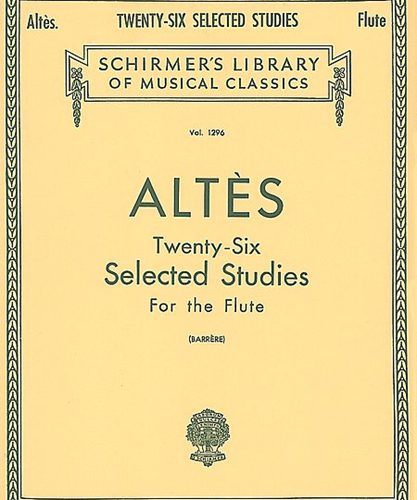Bela Bartok (1881-1945) was not only one of the major composers of the twentieth century, but also one of its most active collectors of folksong. As early as 1906 he and his friend Zoltan Kodaly solicited the support of their fellow Hungarians in a quest to compile a scientifically precise and complete collection of Hungarian folksongs. By 1909 Bartok also began his travels into the Rumanian countryside with his cylinder phonograph to record peasant voices in their native song. In order to concentrate on his work as both a researcher in ethnomusicology and as a composer, by 1912 he completely withdrew from an already established concert life as a pianist. Although his first volume of Rumanian folk songs was published in 1913, by the end of the 1930’s he had compiled a vast collection of 1115 instrumental and 1440 vocal tunes in a collection that he sadly was unable to get published during his lifetime.
The Rumanian Dances were originally completed in 1915 as a set of six movements for the pianoforte. Probably the most famous version of the work is the setting for violin and piano created by Zoltan Szekely (the violinist for whom Bartok composed his Second Violin Rhapsody) which is deviated in a few instances from the original piano version. It is highly likely that Bartok approved of these changes, for he adopted these when, in 1917, he created his own orchestral version. It is upon Bartok’s orchestral version that this transcription for flute choir is based.
The first dance, Joc Cu Bata (pronounced jock koo boota) is danced with a big stick or weapon which is clearly represented in the heaviness of the quarter note accompaniment. The next movement, Braul (pronounced brool, and meaning a sash), is usually danced only at weddings by the women who hold each other tightly in a closed circle. By contrast, the accompanying quarter notes here should be much softer and more gentle. The simple piccolo solo of Pe Loc (pay lock) that employs just five pitches accompanies dancing that does not move about but occurs in the same place. Whereas Bartok, himself employed the piccolo in his orchestral version, it would be beneficial for the performer to hear a performance of this solo on the violin where the thin and eerie qualities of the harmonics evoke an otherworldly restiveness. The Buciumeana (boo choo mair nah) which is the name of an old wind instrument has a plaintive melodic line that is carried in this arrangement by one or two solo flutes (for which a separate part is provided) that must soar without forcing the sound above a rhythmic but inobtrusive texture. If two soloists are engaged, a spacial separation of the players would create an interesting antiphonal effect. The Poarga Romaneasca (pwar gah roh me nesk) simply translates as Rumanian Dance. Care must be taken in the 3/4 measures to make the grace notes fluid, rapid and light. Closing the short suite of dances is the Maruntel (Ma roon sell) a combination of two very lively dances that require very fast footwork.




